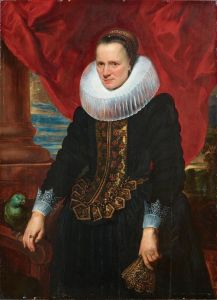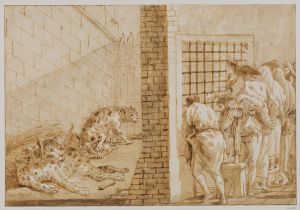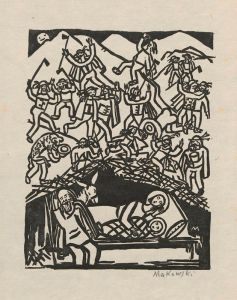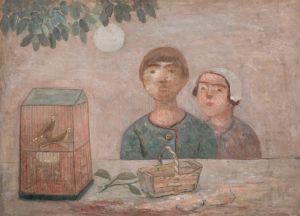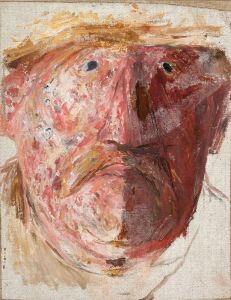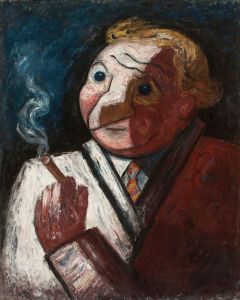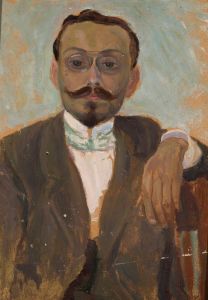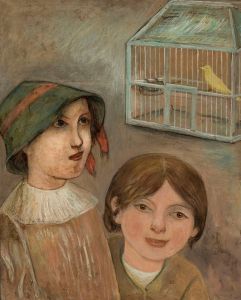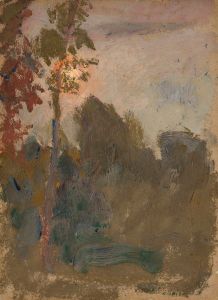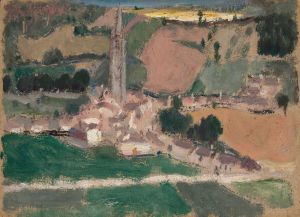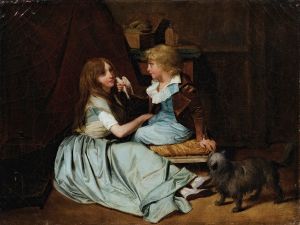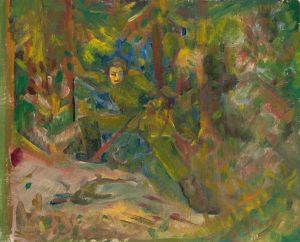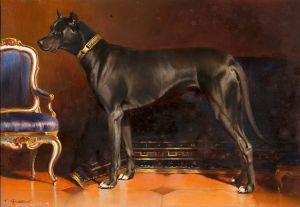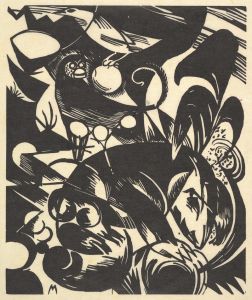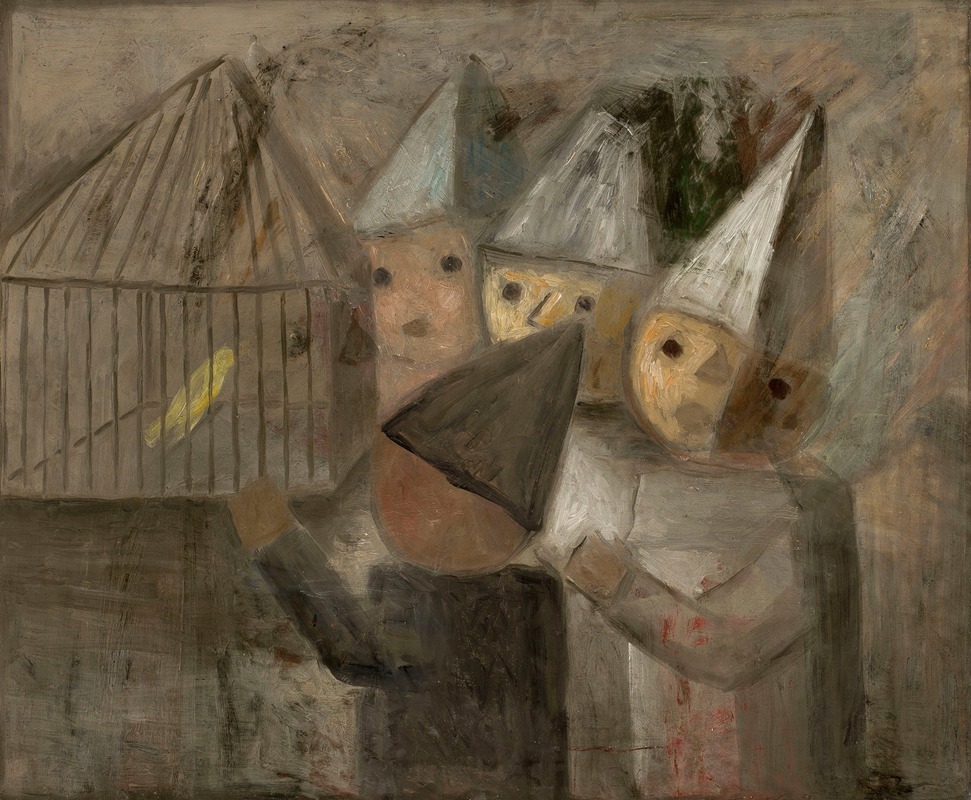
Children in front of a cage with a canary
A hand-painted replica of Tadeusz Makowski’s masterpiece Children in front of a cage with a canary, meticulously crafted by professional artists to capture the true essence of the original. Each piece is created with museum-quality canvas and rare mineral pigments, carefully painted by experienced artists with delicate brushstrokes and rich, layered colors to perfectly recreate the texture of the original artwork. Unlike machine-printed reproductions, this hand-painted version brings the painting to life, infused with the artist’s emotions and skill in every stroke. Whether for personal collection or home decoration, it instantly elevates the artistic atmosphere of any space.
Tadeusz Makowski was a Polish painter known for his unique style that combined elements of folk art and modernism. Born on January 29, 1882, in Oświęcim, Poland, Makowski initially studied classical philology at the Jagiellonian University in Kraków before pursuing art at the Academy of Fine Arts in Kraków. He later moved to Paris in 1908, where he became part of the vibrant artistic community and was influenced by various avant-garde movements, including Cubism.
Makowski's work often depicted scenes of everyday life, with a particular focus on children, whom he portrayed with a sense of innocence and whimsy. His paintings are characterized by their simplicity, use of geometric forms, and a muted color palette, which together create a dreamlike quality.
"Children in front of a Cage with a Canary" is one of Makowski's notable works, reflecting his fascination with childhood and the world of imagination. The painting captures a moment of curiosity and wonder as children gather around a cage containing a canary. The scene is rendered with Makowski's signature style, where the figures are simplified into geometric shapes, yet they convey a sense of liveliness and emotion.
The composition of the painting is carefully balanced, with the children positioned around the cage in a way that draws the viewer's eye to the central figure of the canary. The use of color is subtle, with soft tones that enhance the gentle, contemplative mood of the scene. Makowski's attention to detail is evident in the way he captures the expressions and postures of the children, each absorbed in their own interaction with the bird.
Makowski's work is often associated with the School of Paris, a group of international artists who lived and worked in the French capital during the early 20th century. Despite the influence of modernist movements, Makowski maintained a strong connection to his Polish roots, often incorporating elements of Polish folk art into his work. This blend of influences is evident in "Children in front of a Cage with a Canary," where the simplicity of form and the focus on everyday subjects reflect both modernist and folk traditions.
Throughout his career, Makowski remained dedicated to exploring the themes of childhood and the inner world of imagination. His paintings are celebrated for their ability to evoke a sense of nostalgia and wonder, inviting viewers to see the world through the eyes of a child. "Children in front of a Cage with a Canary" exemplifies this aspect of Makowski's work, capturing a fleeting moment of innocence and curiosity.
Tadeusz Makowski passed away on November 1, 1932, in Paris, leaving behind a legacy of work that continues to be appreciated for its unique blend of modernist and folk elements. His paintings are held in various collections, including the National Museum in Warsaw and the Musée National d'Art Moderne in Paris, where they continue to inspire and captivate audiences with their timeless charm.





